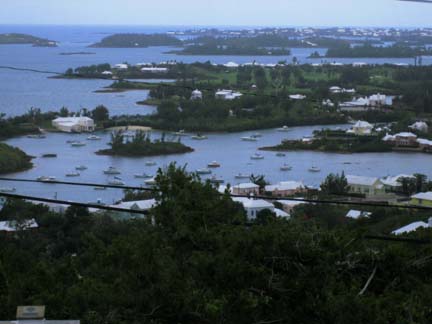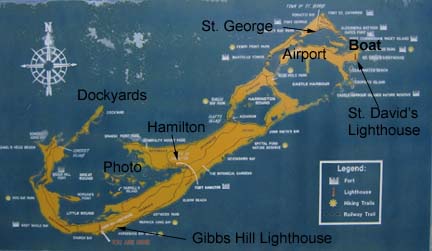| Log Entry - Monday, Jan 16, 2006 | |
| | |
|
|
Twelve hours of light followed by twelve hours of darknessUnfortunately, for every twelve hours of light, there are also twelve hours of darkness, and with that darkness seems to come the wrath of the weather Gods. Perhaps it is just my imagination, but the winds seem to shriek louder at night than the do during the day. Bermuda Harbor Radio reported 64 knot gusts. Last night, Sunday night, was a repeat of Saturday night. The wind was screaming and howling through the shrouds and halyards. The wind seems to come in waves with crests and troughs. It would be relatively calm for an hour, the trough, and then a crest, thirty minutes of spit and fire. Part of me wishes I were at sea, right now, in this mess, running away from here, toward the warmth and serenity of the Caribbean. The North Atlantic is not a friendly place in January. The storms migrate south just like the birds. How far south remains to be seen. That was last night.There was one important difference between Saturday night and Sunday night, the barometer was rising instead of fallinig. The barometer reached as low as 997 millibars on Sunday at 5pm, but it has been climbing steadily since then, and now, 10pm Monday, it is at1022 and still rising. High pressure is building, and tomorrow should be a nice day. The weather service advised against leaving now because the seas would still be very high. It was still windy today but without the rain. It is the change in barometric pressure that creates the wind. So, even with the barometer rising, it is still windy. The difference is that good, rather than bad, weather is on the way. What then are the three most important words in weather forecasting? Yes, another lesson, and those words are pressure, pessure, pessure. Remember them; they will appear often in these logs.
|


